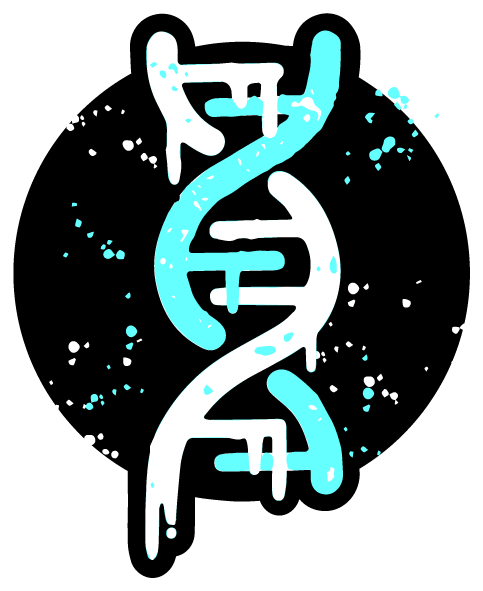Featured Project
Finding an adaptive solution to pollution
In July 1980, the Tower Chemical Company let massive amounts of toxic and endocrine-disrupting chemicals (EDCs) spill into Lake Apopka in central Florida. We are studying the alligator population in Lake Apopka to understand how reproductive systems function in the face of overwhelming endocrine disruption.














